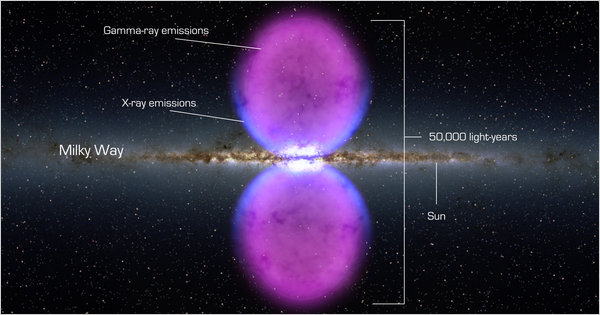Would you like to get $40,000 and a free visa for a year to work in Chile setting up a tech business? I thought some of the tech folks on this blog might either be interested in this opportunity or have children or friends who might be. Article is from free InternationalMan newsletter
What if you were paid $40,000 to travel to another country, get a 1-year visa, and work on your technology related business? That's exactly what Start-Up Chile - an initiative started in 2010 by the Chilean government - makes possible, offering grants to small teams of entrepreneurs to come work on their ideas in Santiago. It's all part of the country's bid to become "the Silicon Valley of South America," and today we chat with Kevin Kent, a Chicago entrepreneur who recently received a grant
IM: Why Chile?
KK: Right now, the Chilean government is trying to "up the entrepreneurial bar" here - to try to turn Santiago into the "Silicon Valley" of South America. They do this with a program called Start-Up Chile - they bring in talent from around the world - people who have experience starting businesses and people from other cultures who have different levels of risk tolerance, not the same kind of blocked-off mindset that many people down here have about failure and start-ups. (Back in the States, if you give something a shot and it fails, that's just something that happens and we're proud of you for giving it a try. It's definitely not the same mentality down here.)
The program offers $40,000 grants to teams of 1-4 people to start their businesses down here in Santiago, stay for six months, and work on their businesses. Actually, it's not a grant but rather a reimbursement. So you spend $6,000 on your business and then you have a reimbursement meeting, and then (hopefully) they reimburse you. That process is getting better, but it's been very difficult. With a government agency, there's a lot of hurdles to jump through and red tape. But in the end, you're getting $40,000 for free and they don't take any ownership in your business, so it's probably still worth your time.
If you just graduated college and have a great idea, but a lot of school loans and no money in the bank, it's an unbelievable opportunity to see another continent and get some free money to work on a business. You'll meet some really cool people and make some great contacts. ...
IM: Do you get a 6-month Visa?
KK: The program is 6 months but they give us a one-year visa and residential ID cards, which are apparently tough to get if you're not in a program (e.g., if you're just an expat wanting to come down here and stay a year). It's kind of like a Social Security card mixed with a driver's license or state ID. However, if you stay past the six months you don't get all of the benefits, like access to their working space.
IM: What was the application process like and was it hard to get approved?
KK: The application process was pretty standard. "What is your product? What is your target market? How are you going to reach customers?" and so on. We had to make a short two-minute video about our product and ourselves so they could get a little taste of our personality.
In our particular group, they let in 150 teams out of, I think, 600-700 applications - so we were pleased about that. In the following round, two people we knew who had very solid ideas didn't get in, so the difficulty to get in is growing as the program gets more popular.
IM: Are they mostly looking for young start-ups in the technology field?
KK: We're actually a hardware start-up and definitely not the norm. The vast majority are web apps or web start-ups. I think it's just much easier to use that $40,000 doing a web application. In six months with that kind of capital, you can develop a lot of different ideas and business models. It's much more difficult to do with a hardware start-up.
....
IM: Anything else you want to add?
KK: Problems aside, I want to say that Chile is beautiful. We went to a couple towns that were 8- to 10-hour bus rides away that were just gorgeous. In one place we went on a "night star" tour where we went horseback riding for an hour and a guy gave you a tour of the stars, which was just unbelievable. We also went to Buenos Aires for a couple days, so there's a lot of stuff you can see within a very short flight from Santiago, which is great.
Read more here
This entry was posted on May 3, 2012 at 5:08 PM and has received 897 views. There are currently 0 comments.
Print this entry.




